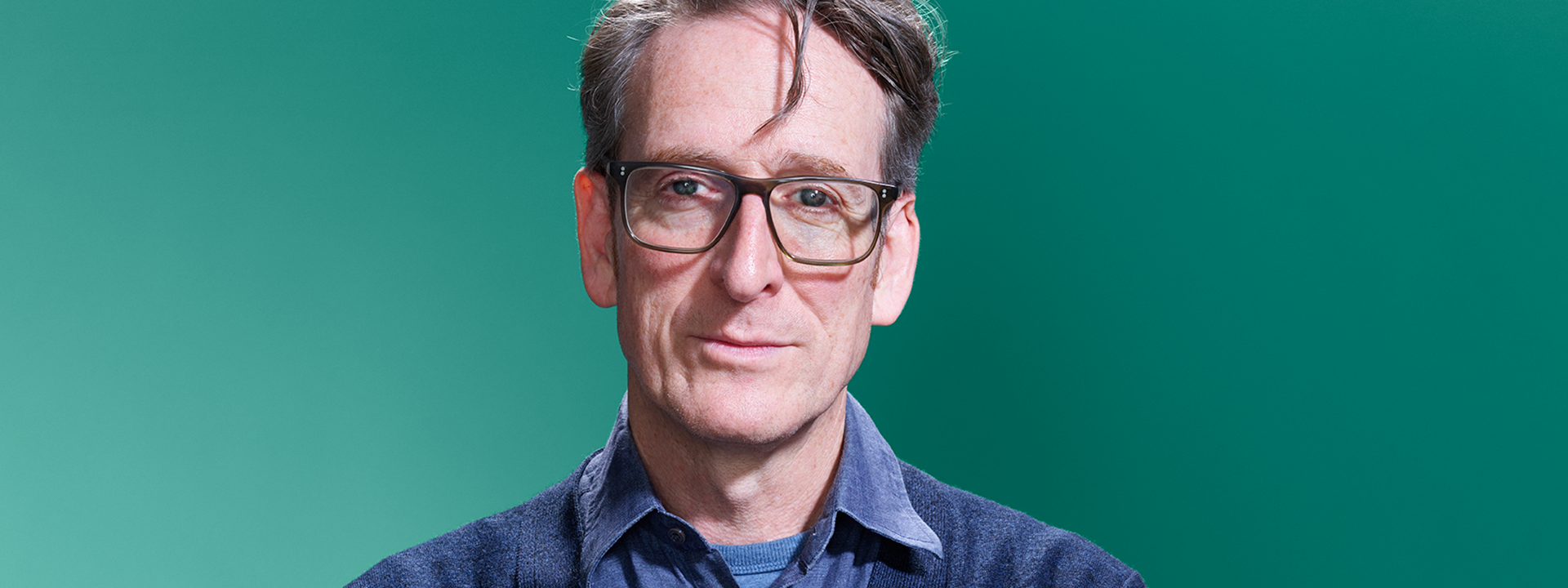The Ascent of Can
news
Agency News
Published by
Charles Vallance
Date
03/07/2023
In his over-simplistic visual for Time Life's Nature Library, Rudolph Zallinger depicted the Ascent of Man as 15 primate figures ranged across the page. From Pliopithecus on the left, who dates back 22 million years, to Modern Man on the right who is still evolving today (though this is arguable in some cases).
The image is over-simplistic because modern anthropology shows how the path of evolution is far less linear than portrayed. Evolutionary progress has dead ends, side-branches and unexplained leaps. But the underlying principle that evolution favours progress remains true.
We see this consistently in consumer markets. Brands that fail to adapt, that fail to progress and keep pace, tend to go the way of Pliopithecus. We have one on the corner of our street at work, currently being razed to the ground. The poor old Army and Navy Store is becoming a block of flats.
Could it have predicted what was coming, could it have anticipated the many discontinuous changes that were heading the way of the high street retailer? Perhaps. The existential battle being fought by John Lewis will no doubt give us our answer. And let us hope the outcome is an even stronger, evolved version of a much-loved institution. Spoiler alert. Get shopping.
A lot of fancy things can be said about brands, about their imagery, their semiotics and their intangible assets. But the brutal truth is that none of these things will help them survive if they fall at the first hurdle of progress. If they no longer pass the “why should I bother?" test.
The easiest way, arguably the only way, to pass this test is thunderingly dull. You have to remain useful. Brand utility is the secret to survival.
Usefulness comes in many forms. It may be the sheer reliability of your product's performance. It may be the price. It may be the status it confers. It is more likely to be a combination of factors, including price, perception and performance.
But I'd venture that the most effective way to keep people bothered with your brand is to reduce, wherever possible, difficulty. The most useful thing a brand can do for its customers is to make life easier than it would otherwise have been. To enable, empower and make possible with less effort and more reward. Put simply, brands that can do succeed, brands that can't do get left behind.
This is the evolutionary equivalent of the Ascent of Man for brands - thus the title of my column. The Ascent of Can is the yardstick by which commercial success is increasingly judged. Not because consumers necessarily go around demanding ever more user-friendly experiences, but because your strongest competitors will be conjuring them up ahead of you, meeting unmet needs first unless you beat them to it. If you can't, they will. That's the Ascent of Can in action.
Technology has inevitably accelerated the rate at which the Ascent of Can moves through its phases. Social media, streaming services, e-commerce, apps and smart devices have dramatically enhanced the utility of brands; the convenience, personalisation and immediacy of the services they offer. For many incumbents it's been a torrid start to the century, but the strong have emerged stronger through the headwinds of change, disruption and re-invention. They have preserved their utility and thus their relevance.
The next big hurdle on the horizon, which all strong brands will already be mastering, is the rise of generative AI. How can this be deployed for the benefit of customers, how can it make their life easier and better? Debate currently rages on the subject because there are inevitable downsides to AI if it is misapplied. But this is true of all technology. It was, after all, impossible for planes to crash until planes were invented, and the same goes for computers and websites. In the end all three have turned out to be quite useful.
That's why we have called our AI agency Faith, because we have faith that, used responsibly, AI will accelerate rather than hamper creativity and therefore represents an opportunity rather than a threat for brands and marketing. Those who see it as a threat should be reminded of what Paul Delaroche said in 1840 about the invention of photography, “From today, painting is dead”. And then followed Cezanne, Monet, Manet, Picasso, Mondrian, Matisse, Chagall and countless other rather good painters.
Painting didn't die, it evolved. The same will be true of those brands which harness the remarkable potential of AI. Especially those who do it first and stay ahead of the game. And then onwards, to wherever the Ascent of Can leads next.


